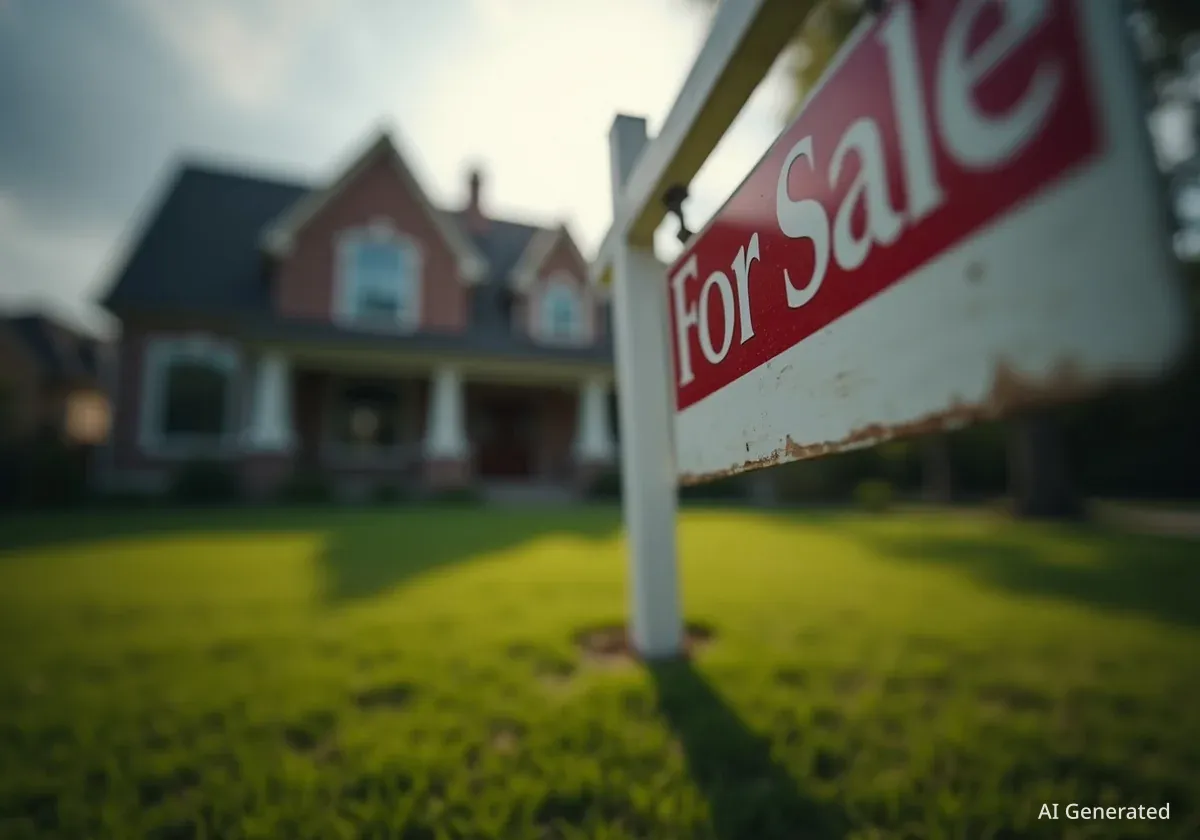When selling a home, sellers are legally obligated to provide a complete and honest account of the property's condition and history. Failing to disclose known issues, from a past water leak to neighborhood noise, can lead to significant legal and financial consequences long after the sale is complete. Industry experts emphasize that full transparency is the most effective protection against future disputes.
Key Takeaways
- Home sellers have a legal duty to disclose all known material facts about a property's condition and history.
- Standardized forms, such as the Transfer Disclosure Statement (TDS) and Seller Property Questionnaire (SPQ), guide this process.
- Failure to disclose can result in lawsuits, financial damages, and in some cases, the cancellation of the sale.
- Comprehensive disclosure shifts the responsibility of due diligence to the buyer and serves as a legal shield for the seller.
The Legal Foundation of Property Disclosure
In most real estate transactions, the principle of "let the buyer beware" has been replaced by robust consumer protection laws. These regulations mandate that sellers provide prospective buyers with detailed information about a property. This process, known as disclosure, is not merely a suggestion but a legal requirement designed to ensure a fair and transparent transaction.
The goal is to prevent sellers from concealing significant problems that could affect the property's value or safety. By providing a full history, sellers empower buyers to make an informed decision about their purchase.
Understanding Key Disclosure Forms
While specific requirements vary by state, many jurisdictions use standardized documents. The Real Estate Transfer Disclosure Statement (TDS) and the Seller Property Questionnaire (SPQ) are two of the most common forms. They contain a detailed checklist of questions about the property's features, any known defects, and its history.
These documents are legally binding. The answers provided must be truthful and based on the seller's actual knowledge. According to real estate law experts, an honest and thorough completion of these forms is a seller's first line of defense against post-sale legal action.
What Must Be Disclosed? A Comprehensive Overview
The scope of required disclosures is extensive, covering nearly every aspect of the property and its immediate surroundings. Sellers are often surprised by the level of detail required, but experts advise that it is always better to over-disclose than to omit information. The guiding principle is to reveal any "material fact" that could influence a buyer's decision.
Structural and System Issues
This is the most fundamental category of disclosure. Sellers must report any known problems, past or present, with the core components of the home. This includes:
- The roof (leaks, age, past repairs)
- The foundation (cracks, settling, seismic retrofitting)
- Electrical and plumbing systems (known issues, unpermitted work)
- HVAC systems (age, malfunctions, maintenance history)
- Appliances included in the sale
Even if a problem was repaired years ago, it should be disclosed. For example, a previous instance of water intrusion, even if fixed, is a material fact. The seller should disclose the event, the cause, and the steps taken to remedy it.
Environmental and Hazard Information
Sellers must also disclose potential environmental hazards. This information is critical for the health and safety of the future occupants.
Common Hazard Disclosures
Federal law requires the disclosure of known lead-based paint and lead-based paint hazards for homes built before 1978. Other common disclosures include the presence of asbestos, radon gas, mold, or proximity to environmental contamination sites.
Additionally, sellers must provide a Natural Hazard Disclosure Report in many areas. This report identifies whether the property is located in a zone with increased risk of floods, fires, earthquakes, or landslides.
Neighborhood and External Factors
A property's condition is not limited to what happens within its four walls. Sellers are also required to disclose external factors that could impact the buyer's enjoyment of the home. These can include:
- Disputes with neighbors: Ongoing disagreements over property lines, fences, or noise.
- Neighborhood nuisances: Consistent noise from nearby schools, stadiums, airports, or busy roads.
- HOA Information: If the property is part of a Homeowners Association, sellers must provide all relevant documents, including bylaws, fees, and any pending assessments or litigation.
- Nearby developments: Knowledge of major construction projects planned for the area.
Failing to mention the garage band that practices next door every weekend or a neighbor's plan to build a second story that will block a view could be considered a failure to disclose.
The Consequences of Non-Disclosure
Attempting to hide a property's flaws is a high-risk strategy that can lead to severe repercussions. When a new owner discovers an undisclosed defect after moving in, they may have legal recourse against the seller.
"The cover-up is almost always worse than the initial problem," states a legal memo from a prominent real estate law firm. "A disclosed issue can be negotiated, but a concealed issue can lead to claims of fraud, costing the seller far more in legal fees and damages than the original repair would have."
If a buyer can prove the seller knowingly concealed a material fact, the consequences can be significant. A court may order the seller to pay for repairs, compensate the buyer for the loss in property value, or in some extreme cases, rescind the sale entirely. The legal battle itself can be lengthy and expensive, causing immense stress for all parties involved.
How Disclosure Protects the Seller
While the disclosure process may seem burdensome, its primary function is to protect the seller. By providing a complete and truthful account of the property, the seller effectively transfers the responsibility for further investigation to the buyer.
Once a defect is disclosed, the buyer is considered to be officially aware of it. It then becomes the buyer's responsibility to perform their due diligence, which typically involves hiring professional inspectors to assess the issue's severity and potential cost. If the buyer proceeds with the purchase after reviewing the disclosures and conducting inspections, they generally cannot later claim they were unaware of the problem.
This creates a clear record that the seller acted in good faith. In the event of a future dispute, a well-documented disclosure statement serves as powerful evidence that the seller fulfilled their legal obligations, making it much more difficult for a buyer to successfully sue them.
Best Practices for Home Sellers
To navigate the disclosure process effectively and minimize legal risk, sellers should follow a few key guidelines.
- Be Honest and Thorough: When in doubt, disclose it. It is better to provide too much information than not enough. Do not downplay the severity of a known issue.
- Review Property Records: Gather all relevant documents, such as permits for past work, repair invoices, and insurance claims. This helps ensure your memory is accurate.
- Consult with Professionals: Work closely with your real estate agent, who can guide you through the disclosure forms. If you have complex legal questions, consult a real estate attorney.
- Think Like a Buyer: Consider what you would want to know about the property if you were the one buying it. This perspective can help you identify important details you might otherwise overlook.
Ultimately, transparency builds trust. Buyers who receive a comprehensive disclosure report are more likely to feel confident in their purchase, even if the property is not perfect. They understand that every home has a history and requires maintenance. What they cannot tolerate are expensive surprises that could have—and should have—been revealed from the start.





